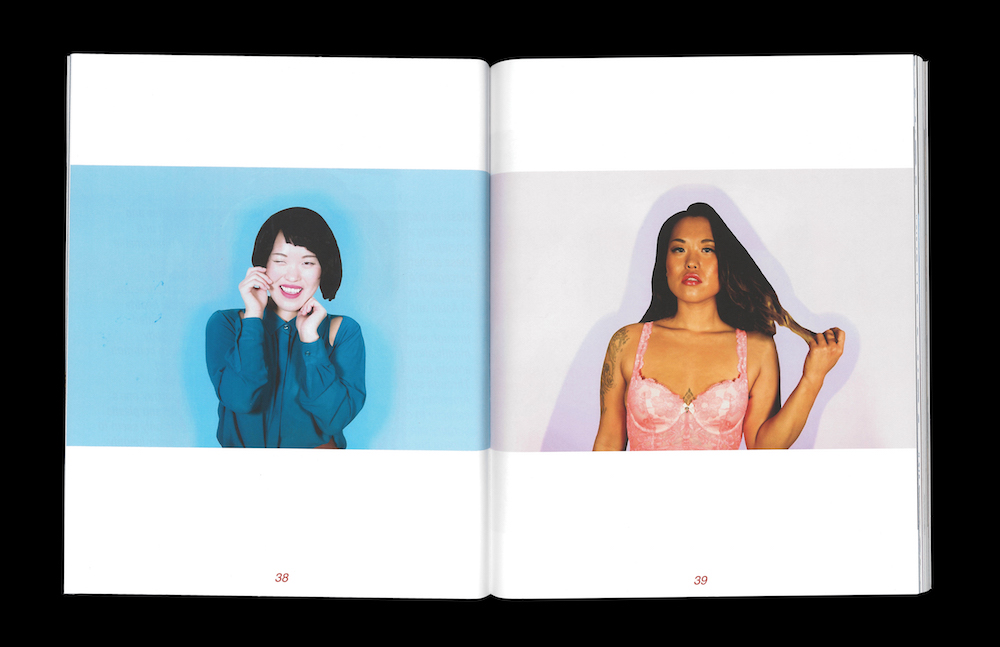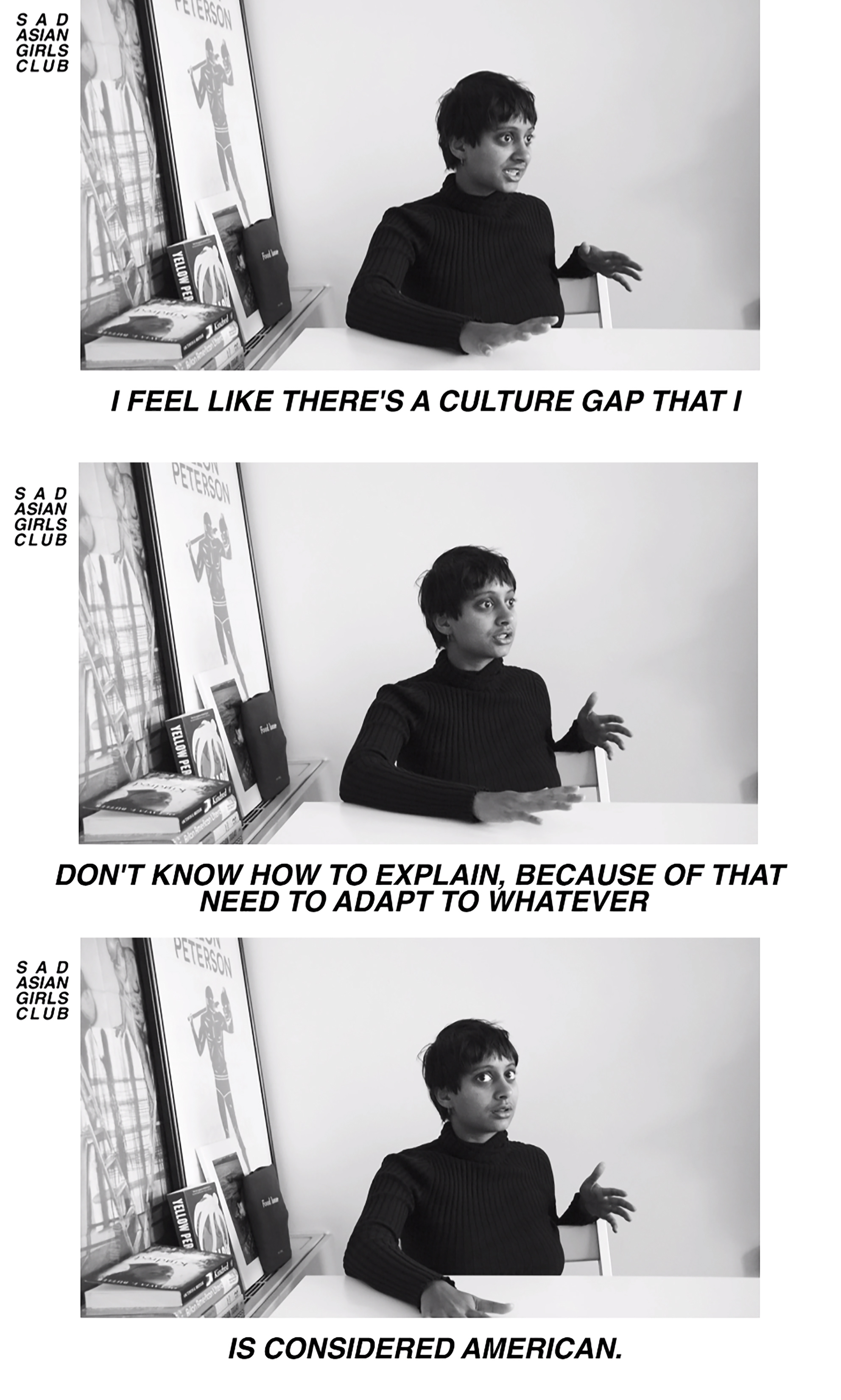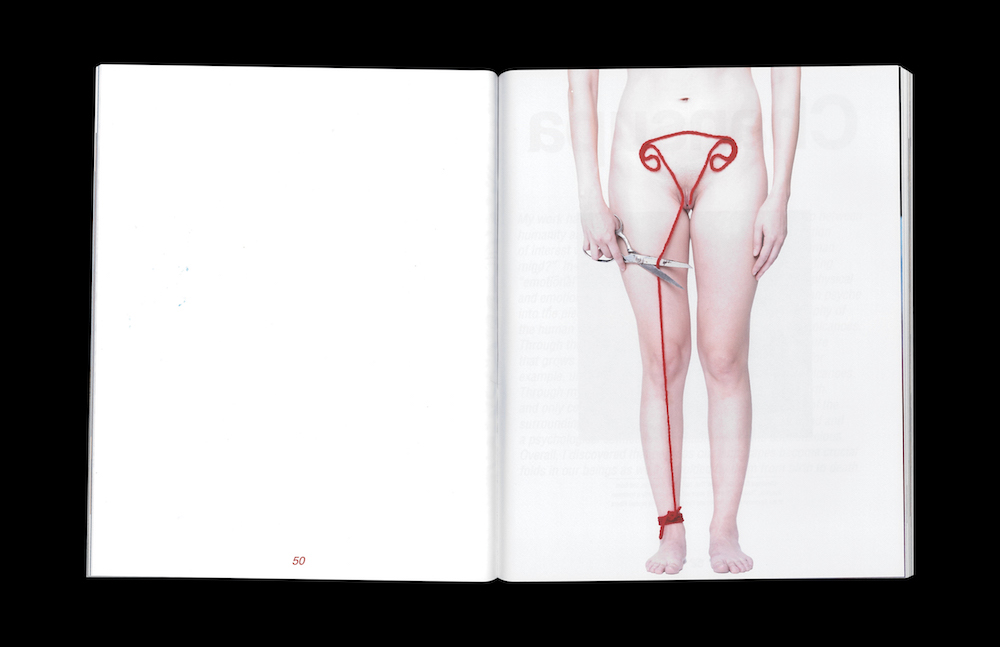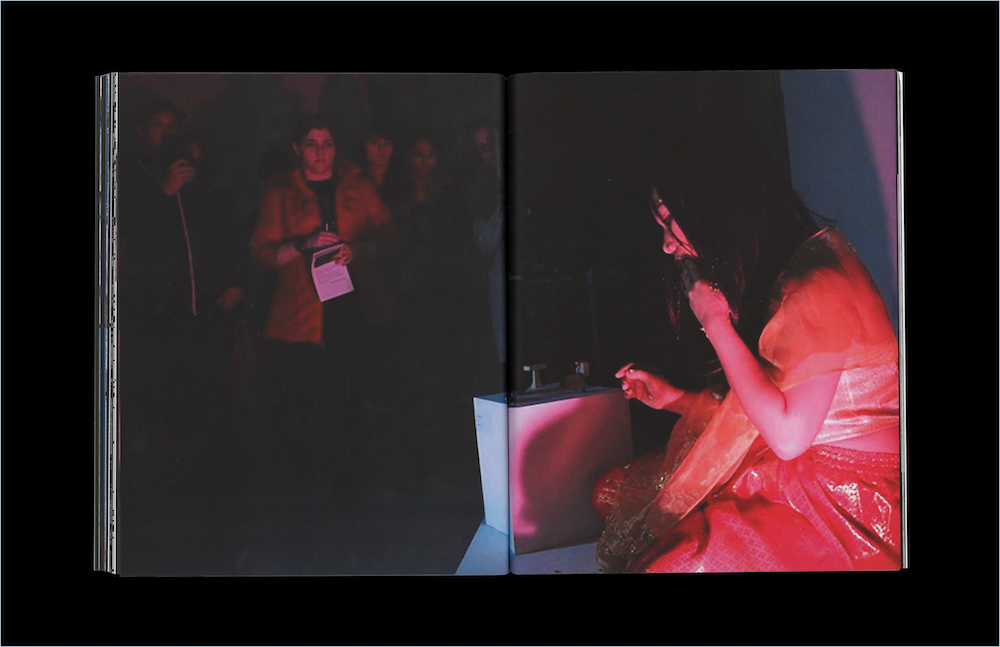Are you a SAG? A Sad Asian Girl. I am — or at least, partially. Last month I wrote about the lack of Sri Lankan representation in UK culture, indicative of the general whitewash and absence of voices from minority communities in Europe. It also highlights very distinct differences between approaches to race and ethnicity in Europe and in the U.S, where PC culture and positive discrimination (the latest South Park does form part of my research) is fiercely schismatic.
In the U.K, where positive discrimination is often called tokenism or ‘playing it up’, race is still an embarrassing issue — because, well, we’re sorry we colonised you but you got cricket and we all get along perfectly fine now don’t we – and the ‘race card’ is double-edged. It’s easier to completely ignore someone’s colour than to talk about it. If you like, you can tick a small box on a form no one will ever see to declare your identity. Otherwise, try to blend in. Just look at how the mainstream media covered Mo Farah’s historic athletic achievements at Rio (no mention of his blackness) compared to the U.S. coverage of Simone Biles (continually celebrated as an African-American).
In the U.S., they love their terminology. Everything needs a word and it needs to be included rigorously. To the Brits, discussions about words can easily sound a bit tomato, tomayto: in the end it can all be distilled into the fact that non-white people everywhere want their identity to be represented fairly and on their own terms, in recognition of their specific complexities and individual cultures and issues. Paradoxically, perhaps, it seems that can only begin by us lumping ourselves together into larger groups to have a strong enough presence.
Sad Asian Girls club is a duo comprised of RISD students Olivia Park and Esther Fan. Enlisting the voices of many other female identifying Asians living in the U.S., they are providing more complicated ideas of what ‘Asian’ and ‘female’ means. From video series to guerrilla-style poster campaigns they debunk the common myths and stereotypes that bind many kinds of Asian and mixed people living in the west. The myths are everywhere – just watch this SAGC video and be appalled at the varying degrees of systemic racism. I asked Olivia and Esther a few questions about their approach to deconstructing and reconstructing identity in the U.S. context.
How do you see your practice?
We are activist artists; we still see ourselves as graphic designers who would like to use our practice to raise awareness and educate our audience on the female presenting Asian Western identity.
The Internet is an important tool in your work – but is the web just another form of western, white, hetereonormative dominance?
The Internet is certainly dominated by a white cishet presence, just as all media is, but the internet itself is simply a medium, which if used for different purposes, is a very important tool. It has allowed nonwhite and noncishet communities to form as well as mass consumption of knowledge (although often incorrect and biased, and that is why consumption awareness is also important).
You’ve had a lot of press attention recently – how responsible is the media for creating these stereotypes in the first place? Is there anyone that’s getting it right?
The media loves to distort information and images for the purposes of gaining an audience’s interest (aka clickbait) and this often includes pushing harmful stereotypes that they think people find funny or familiar. Of course, every community of people has a go to media outlet to find information or opinions that suit their own, Esther for example resonates with Everyday Feminism, galdem, HuffPost, etc. We don’t quite believe it is possible for media to be ‘neutral’.
Why did the term ‘Asian’ in the U.S come to be understood as ‘East Asian’?
A variation of factors. In a nutshell, Americans associated ‘Asian’ with the Chinese and Japanese (despite Filipinos having immigrated here much earlier than us) mainly because of the history of East Asian immigrants in America; this includes Yellow Peril, Japanese internment, how/why the model minority myth was invented etc, and cultural/media influences on top of that.
And the same in the U.K I suppose, where we take it to mean South Asian because of the colonies. Are the people you interview and feature in your videos friends or people from your community?
The people we have included in our projects are those have shown interest in our work and who we have personally reached out to. Time and location are also huge factors that affect who we feature in our videos. We are just two people trying to make a production happen so we make sure to choose those who work well with our schedule.
Your latest video series, Model Minority Myth, has a pedagogical impulse – how necessary is it to bring up these specific stories? As a mixed race person I can also relate to this.
It is important to give voices to those of mixed race because they are rarely talked about and have very specific and complex struggles. It is also difficult for us to speak on specific issues related to being of mixed race as neither of us are mixed; we have been trying to address issues that can be relatable to all those identifying as Asian.
A lot of research clearly goes into your work on the history of these current complexities, but how do you see the future?
It’s no secret that the U.S. is becoming a minority majority nation. This means that there are clear signs when we still see white cishet men at the top of the ladder. I think that the future could be an exciting time to be alive. We’ll have more PoC voices, which have become very accessible in the digital age. You see major news media outlets making an effort to educate the audience with social justice.
For example, one of Olivia’s favorites includes NPR’s Code Switch and New York Times’s A Conversation on Race video series. As responsible artists, designers, and creatives our duty is to capture and lead the culture of our time. We show and support what some Americans felt inside their homes and what their story was as an American. In our case, we talk about the East Asian experience.
Ironically when I was watching your videos on YouTube I came to the end of your reel and then a video titled ‘18 Types of Asian Girl’ started playing…
You’d expect a social justice video to associate with other empowering work but the reality is that tags and related content work through algorithms. Videos like ’18 Types of Asian Girls’ will continue to exist. One of our followers also had ‘Sexy Asian Girls’ pages listed under relevant to our page on Facebook. Imagine a world in which Facebook, Youtube, and Snapchat did better in terms of being more socially sensitive, considering their popularity and influence. It’s a dream. But for now, what matters is that those who watch ’18 Types of Asian Girl’ will follow up to one of our ‘Model Minority Myth’ videos.
Find Sad Asian Girls Club online, at sadcontent.com or on Instagram













